Analysis
-

We live in a time of a disinformation epidemic
“As with a viral epidemic, quickly identifying the source—or 'patient zero', in this case of disinformation—is of the utmost importance. This is more difficult than it sounds, which is why I introduced the concept of 'propagation centres'. According to my research, focusing on these centres increases effectiveness in identifying and reducing disinformation. It's fair to say that we're living in a disinformation epidemic" - Major Damian Frąszczak, M.Sc., a PhD student at the Military University of Technology, told FakeHunter.
-

Fake news related to the Israel-Hamas war—our report
Following the Hamas attack on Israel, social media has been flooded with fake news relating to the fighting between the parties and its initial aftermath. FakeHunter is verifying every suspicious information, as it did with disinformation operations concerning the war in Ukraine. Below are some examples showing the multi-faceted nature of the disinformation operation around war between Israel and Hamas.
-
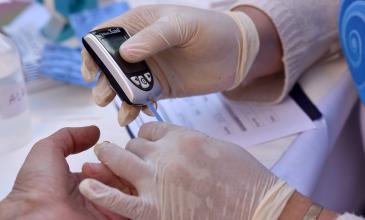
Diabetes—life style and food risk factors
Diabetes is becoming one of the most common diseases. According to WHO, about 537 million adults across the world have diabetes, and experts predict this number will rise to 643 million by 2030 and 783 million by 2045. The more common it is the more fake news can be found on the internet.
-

Health-related fake news
Health and medicine are a very popular (next to politics) social media topics. Proper nutrition, the quality of the food consumed and environmental pollution arouse the interest among internet users. Thus, they become the subject of numerous fake news stories.Recently, FakeHunter was asked to fact-check whether bromine is added to the flour.
-
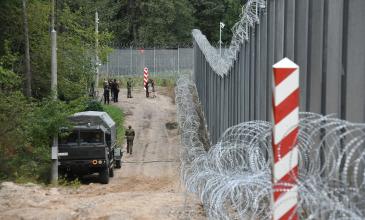
Are border barriers an effective tool against the influx of irregular migration?
The barrier on Poland’s border with Belarus effectively reduces migration traffic launched by Minsk shortly before the Russian invasion of Ukraine, although—like other barriers constructed earlier in Europe—it does not stop it completely.
-
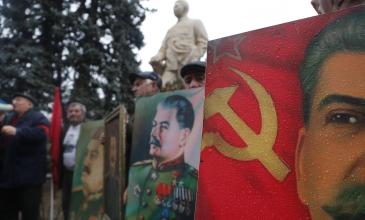
Did Stalin, contrary to the stances of the members of the Big Three, give Lower Silesia in its present form to Poland?
It is not true that Poland owes the favourable line of its south-western border to the determination of Stalin. He was initially in favour of keeping it on the Oder-Neisse Line, along the Oder and the Lusatian Neisse rivers. This would have meant that a large part of Lower Silesia would remain as German territory. The final shape of the border was the result of the Polish side's efforts and the agreement between the entire Big Three Allied powers (Great Britain, United States of America and the Soviet Union) to compensate Poland for the loss of its Eastern Borderlands.
-
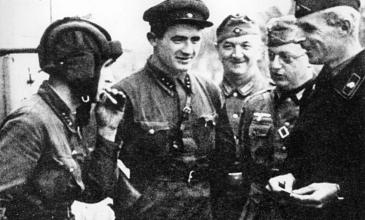
On 17 September 1939 Soviets broke international law
The entry of Soviet troops into Poland on 17 September 1939 was an armed attack in every respect, including from the point of view of international law. It violated the provisions of the Polish-Soviet non-aggression treaty. The invasion of Poland was part of the secret Molotov-Ribbentrop Pact, which Germany and Russia concluded on 24 August 1939. According to an amendment to the Pact, disclosed only after Germany's defeat in 1945, Poland was to be divided between Nazi Germany and the Soviets, and the demarcation line was to run along the rivers Narew, Vistula and San.
-
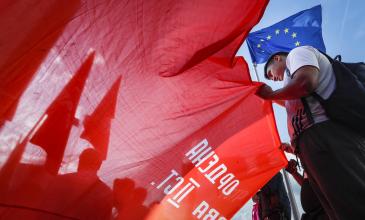
Kremlin propaganda is a risk to public security
According to the European Commission (EC), the Kremlin’s ongoing disinformation campaign not only forms an integral part of Russia’s military agenda, but also causes risks to public security, fundamental rights and electoral processes inside the European Union. The EC’s Directorate-General for Communications Networks, Content and Technology, together with nonprofit analysis group Reset, which advocates for greater oversight of digital platforms, prepared a study on the Kremlin’s disinformation campaign.The goal of the study was to develop methodologies for risk assessments and risk mitigation under the Digital Services Act (DSA) framework and then to apply them to the Kremlin’s activities on online platforms.
-

How the Wagner Group and others spread propaganda in Africa
Beauty pageants financed by subsidiary companies of the Wagner Group, radio stations that echo the Kremlin's propaganda, films about allegedly honourable Russians who rescue African villages, monuments erected to the 'boys of Prigozhin' and even Russian vodka effectively replacing French beer—regardless of whether one considers Russian expansion in Niger, Mali, the Central African Republic (CAR) or Sudan, the importance of the Wagner Group's 'soft power' cannot be overlooked. Nor the susceptibility to it.
-

Under the skin—Russian propaganda on the territory of Ukraine
Under the skin—Russian propaganda on the territory of Ukraine It seems that the Russians are finding it difficult to achieve their propaganda goals inside Ukraine, mainly due to the increasing success in cutting off access to Russian media, the intensive promotion of the Ukrainian language, the extensive network for combatting disinformation, the ongoing war and the emotions associated with it. However, their allies still are social media, war fatigue, and the Russian Orthodox Church.
Pagination
- Previous page
- Page 2
- Next page